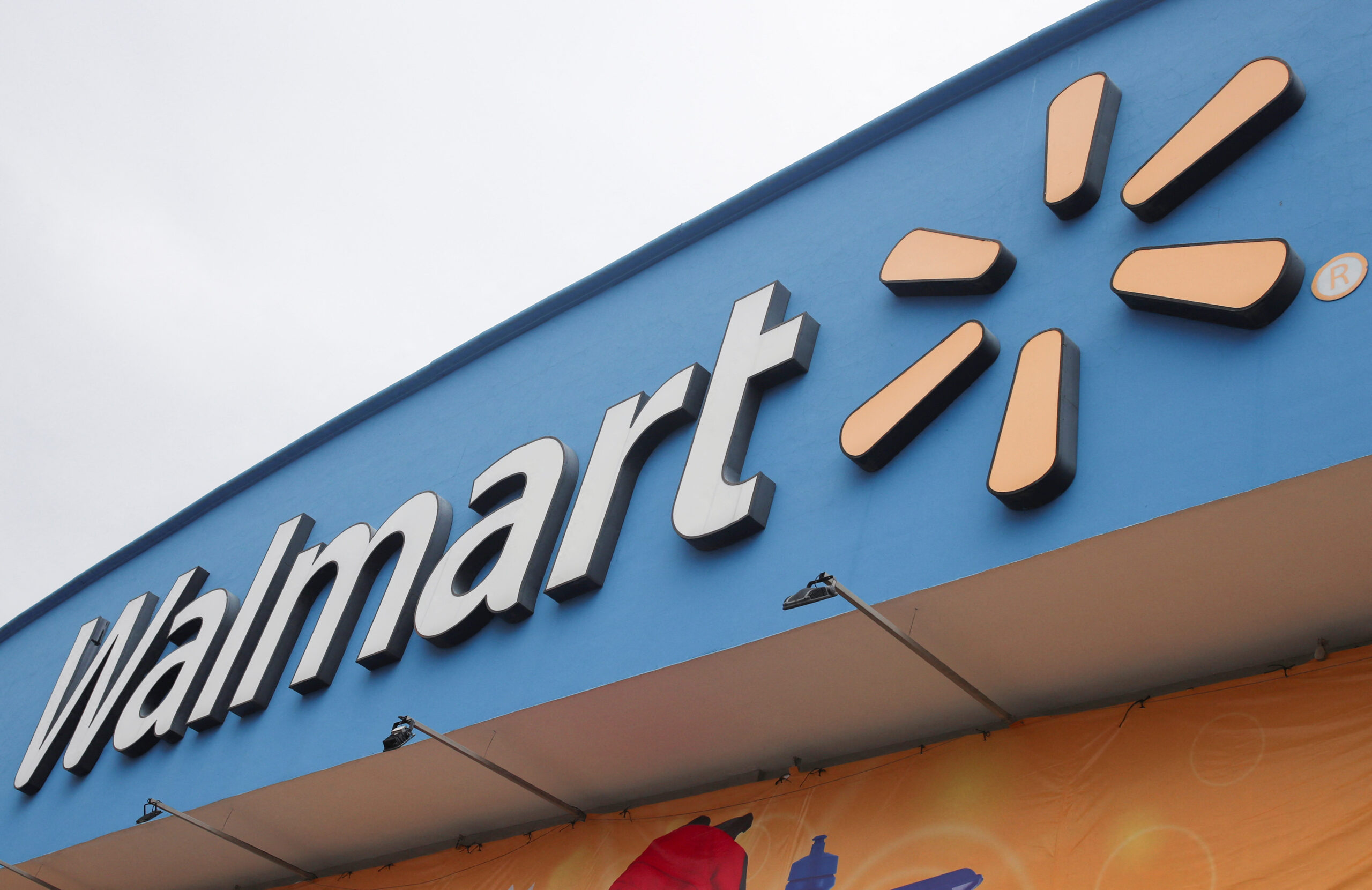Walmart’s (NYSE: WMT) “Everyday Low Price” promise will be put to the test when it reports quarterly results, after rival Amazon’s warning that customers had turned bargain hunters, pressuring the online shopping behemoth to forecast a weak current quarter.
Major retailers including Target (NYSE: TGT), bellwether Walmart, and Kroger (NYSE: KR) have been pushing to keep prices on essentials low as many Americans shun big-ticket spending and turn to discount shopping in the face of sticky inflation.
While this has strained margins across the industry, Walmart’s scale gives it more wrangling power with vendors. Its low prices could end up attracting shoppers who shun more high-priced shops, some analysts said.
“(Amazon’s results) has sent a chill through the wider retail sector. That said, for a value-focused retailer like Walmart, performance may be better as its offers are more centered around essential products,” Neil Saunders, managing director of research firm GlobalData said.
Wall Street expects Walmart (NYSE: WMT), due to report second-quarter results on Aug. 15, to post a 4% rise in quarterly revenue, according to LSEG, the slowest rate of growth in nearly two years.
“There’s a generalized slowdown in the consumer. Its numbers are going to come within guidance. We are not going to see Walmart all of a sudden pop-up,” said Francisco Bido, senior portfolio manager at F/m Investments, which holds Amazon shares and has previously invested in Walmart, Target, and Costco.
Walmart expects sales in the quarter ended July to increase between 3.5% and 4.5%.
Target and Kroger are set to report quarterly results after their larger Bentonville, Arkansas-based rival.
On Thursday, Amazon (NASDAQ: AMZN) reported slowing online sales growth in the second quarter and said consumers were seeking out cheaper options for purchases leading it to forecast current quarter revenue below expectations.
“Consumers are being careful with their spending, trading down, looking for lower average selling price products, looking for deals. That continued into the second quarter, and we expect it to continue into the third quarter,” Amazon CFO Brian Olsavsky said on a post-earnings call.
Results from major consumer packaged goods companies including Procter & Gamble (NYSE: PG) and PepsiCo (NASDAQ: PEP) also showed signs of a slowdown.
P&G reported a surprise drop in quarterly sales and PepsiCo missed expectations.
“There’s weakness in consumer discretionary, and no retail or e-commerce player is immune to that,” John Tomlinson, analyst at research firm M Science said.
While Amazon saw a trade down to cheaper items, it didn’t extend to unit sales, which is a good sign for Walmart, said Dave Wagner, head of equities at Aptus Capital Advisors, which holds about $150 million shares in both Amazon and Walmart.
Walmart is well positioned with better inventory control than rival dollar stores and a wide product selection that makes it an attractive shopping destination, Wagner said. Coupled with efforts to grow its Walmart+ membership program, current capital on its balance sheet, and investments in automation, Walmart is on a good footing in this environment, he added.
The second quarter does tend to be leaner for retailers, with sales ramping up in the second half of the year with back-to-school and holiday season demand.
Shares of Walmart (NYSE: WMT) and Amazon (NASDAQ: AMZN) have outperformed the S&P 500 so far this year, rising 33% and 21% respectively, compared to a 14% gain in the broader index. Amazon shares sank 12% on Friday, dragging Walmart down about 2%.
(Source: ReutersReuters)
Edward Cooke is a financial analyst, freelance writer, and editor. He has six years of experience in financial journalism. He has an in-depth understanding of equities markets, tracking major indices and providing real-time analysis on stock price movements, corporate earnings, and market sentiment. Read Full Bio










